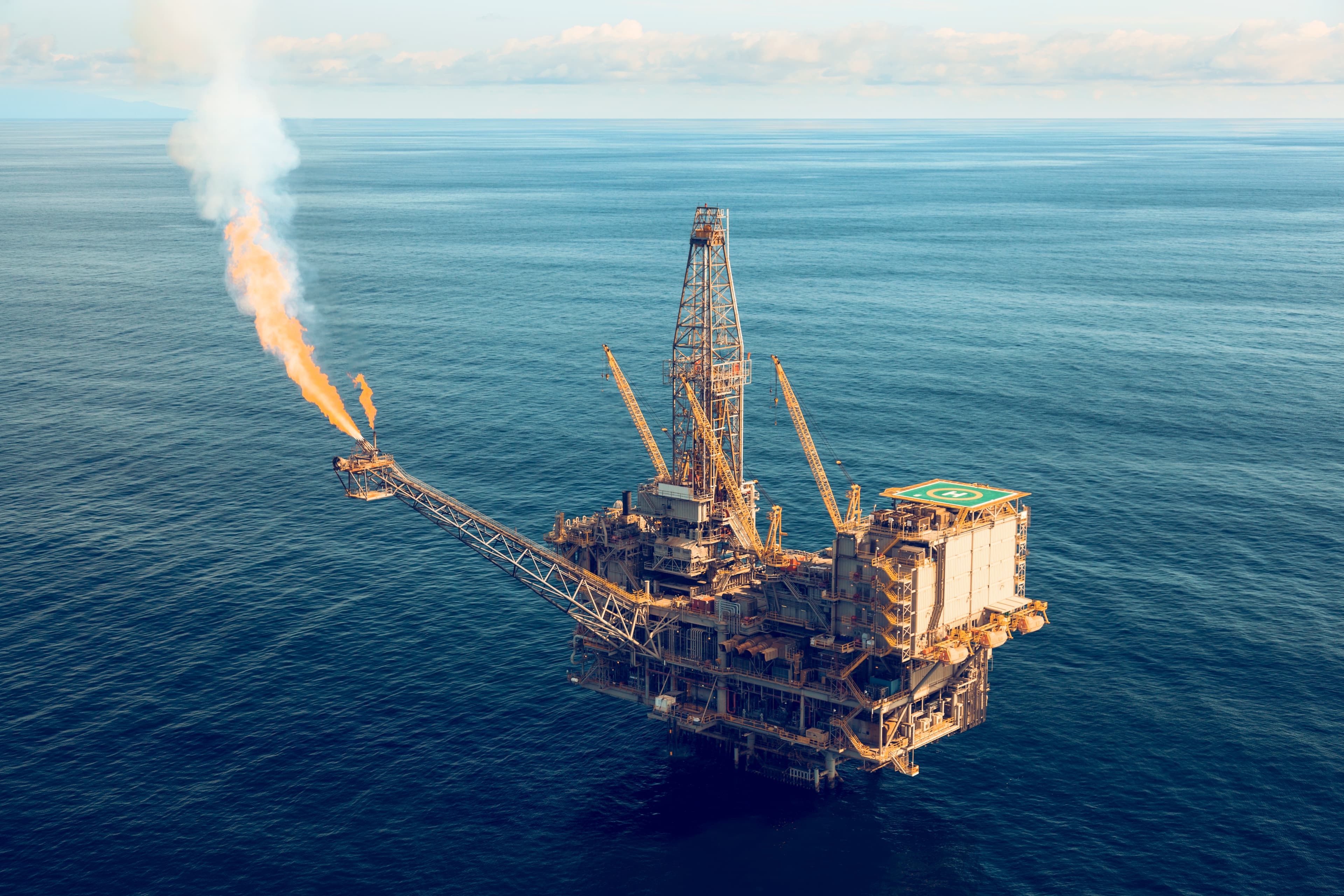
What is the Process of Refining Crude Oil
Refining crude oil is a fascinating journey, transforming a dense, dark liquid from deep beneath the Earth's surface into a variety of vital products we use every day. Let's embark on this four-minute exploration of the crude oil refining process, unveiling its mysteries in an engaging and easy-to-read way.
1. Arrival of Crude Oil
Our journey begins as crude oil, extracted from oil wells, reaches a refinery. It's a complex mixture of hydrocarbons, with varying densities and viscosities. The first step? Storing this precious resource in large tanks before it begins its transformation.
2. Distillation: The First Major Step
The heart of refining is the distillation process. Think of it as a sophisticated tea kettle. In a huge unit called a distillation column, crude oil is heated to extremely high temperatures. The magic starts here – as the temperature rises, different hydrocarbon compounds in the crude oil start to vaporize at different temperatures.
Imagine a tall column with various levels, each catching a different 'flavor' of vapor. The lightest ones, like propane and butane, rise to the top, while heavier fractions like gasoline linger in the middle, and the heaviest, like bitumen, settle at the bottom.
3. Conversion: Breaking and Remaking Molecules
Next up, we get creative with the molecular structure. Processes like cracking, reforming, and alkylation come into play. In cracking, large hydrocarbon molecules are broken down into smaller, more useful ones. It's like breaking a long chain into smaller, handy links. Reforming reshapes these molecules, enhancing the quality of gasoline. Alkylation, on the other hand, combines small molecules to form larger ones.
4. Treating: The Cleanup Crew
Now, it's time for some cleaning. The raw products from distillation and conversion contain impurities like sulfur, nitrogen, and heavy metals. Through processes like hydrotreating and hydrocracking, these unwanted elements are removed. It's a bit like filtering water to make it pure and safe.
5. Blending: Crafting the Final Products
The final stage is like being a master chef. Different hydrocarbon streams are blended to create a variety of products. It's not just about making gasoline; diesel, jet fuel, heating oil, and even materials for plastics and pharmaceuticals come from this process.
Conclusion: From Black Gold to Everyday Essentials
As our tour ends, it's clear that refining crude oil is a complex, yet incredibly efficient process. From the initial distillation to the final blending, each step is crucial in transforming this 'black gold' into a multitude of products we rely on daily. Refining is not just a chemical process, but a remarkable symphony of science and engineering, playing a pivotal role in powering our modern world.